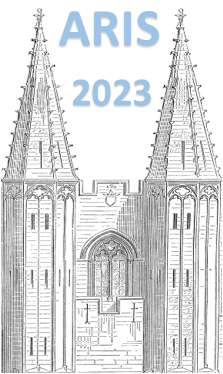Orateur
Description
With access to very neutron-rich isotopes, the neutron emission from excited states populated after beta decay becomes a dominant decay mode. The neutron energy measurement informs about beta-decay strength distribution, which is driven by shell effects. The neutron emission is considered to be statistical. Discrete neutron and gamma-ray spectroscopy measurements performed in nuclei ranging from 24O to 134In were performed with hybrid neutron arrays at RIBF, ISOLDE, NSCL, and FRIB. In addition to providing the first measurement of the strength distribution for many nuclei with a large beta-n energy window, we found evidence for non-statistical neutron emission process. It forced us to revisit a conventional picture of neutron emission thought to proceed via a compound nucleus phase. A model which connects nuclear structure and neutron emission was developed to explain the observed phenomena [1].
[1] J. Heideman et al. submitted to Phys. Rev. C.

